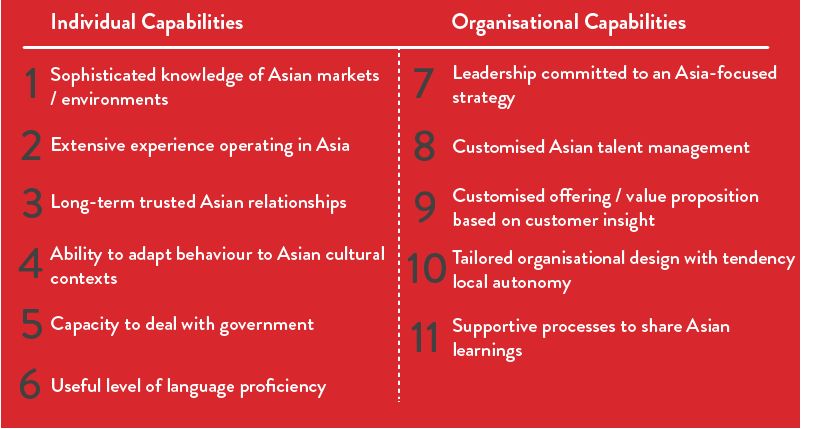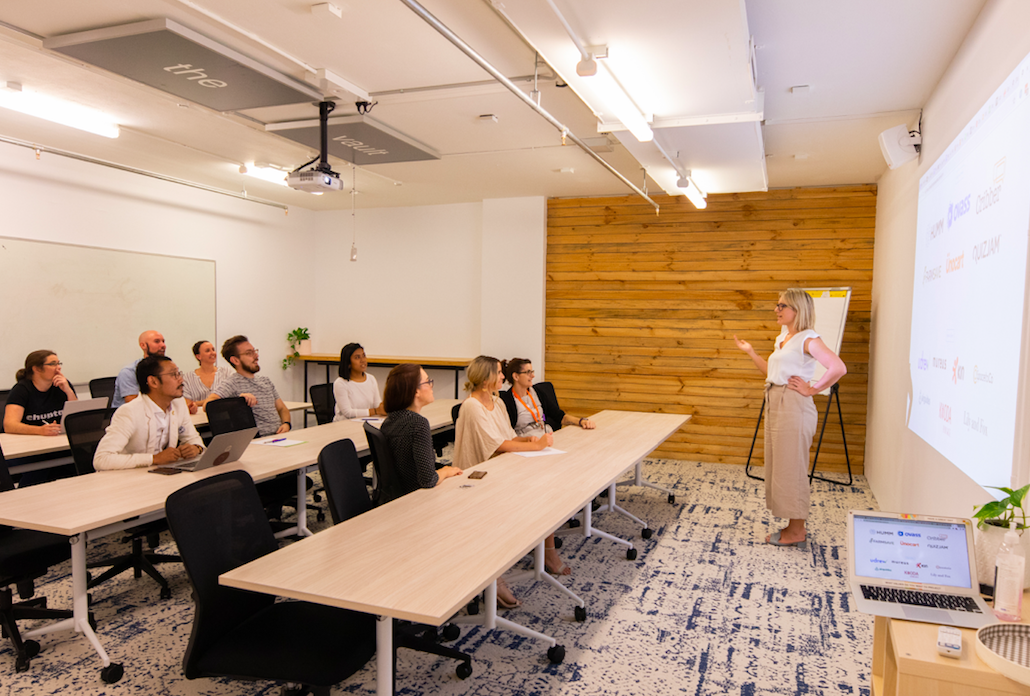Identifying the Potential to Work in Asia With Asialink Business
That’s exactly what Rob Sills said over a cup of ginger and lemongrass tea, keeping up with the topic of Asia. Rob is a Partnership and Developments Manager for AsialinkBusiness, the National Centre for Asia Capability supported by the Commonwealth Government (Department of Industry, Innovation and Science) and a new Spacecubed member.
“The opportunities for Australian businesses in Asia have never been greater, the Asian markets are growing faster than any other markets globally,” Rob explained. In the year 2000, the Asian region accounted for less than 30% of world business output; in the year 2014, this figure had risen to almost 40%, placing Asian countries, populations, cities and economies as the fastest growing in the world.
An ANZ ‘opportunity in Asia report,’ recently found that while 60% of the world’s population now live on the Asian continent, there's been a rapid growth in the middle classes of key Asian economies, accounting for greater potential for Australian businesses to carry out their work in the region. And, Asia, according to the latest outlook just released by the International Monetary Fund (IMF), is set to “remain the engine room of the global economy.”
Understanding what it takes to do business in and with Asia is vital in achieving long term financial and strategic outcomes, especially as Australia’s economy transitions and diversifies following the mining boom. Yet many Australian organisations say a lack of Asia capability is holding them back. From knowing how to set up a business in Asia, tailor products and marketing strategies to suit Asian consumers, and negotiate with diverse stakeholders, many Australian businesses do not know how to access the Asian market. And when they do, cultural sensitivities and a lack of knowledge concerning some of Asia’s most diverse markets might present as key problems these companies struggle to tackle.
Asialink Business’s mission is to answer these problems. In highlighting 6 individual and 5 organisational capabilities companies need in order to engage with key Asian economies, Asialink business has been able to target and assist companies to build the skills and knowledge needed to achieve results through extensive research, training programs, networking and events:

In 2015, over 5,500 Australian businesspeople and executives participated in training and events across 17 cities nationally and in Asia. In the same year, Asialink Business also launched its Country Starter Packs enabling Australian businesses of all sizes to conduct business successfully in Asia.
By carrying-out expert research, training programs, events and networking - the common challenges around understanding cultural difference and lack of Asian market insights are surmounted, and paths for Australian businesses to understand and interact with global markets more effectively are created.
Western Australia’s location maximises this business potential, with its much closer time zones than the Eastern states and its direct southerly location from key markets in the region. The 2016 government budget highlights that the biggest weakness in WA’s economy as unemployment - and so a diversification and transition in businesses capable of interacting with an opportunity rich Asian economy is much needed for sustainable growth.
As the workforce evolves, it’s vital that businesses in Australia adapt. Asialink Business is leading the way in making this transition not only seamless, but efficient, sustainable and profitable for Australian businesses.
Join Spacecubed for access to an elaborate network of industry leaders, businesses and opportunities for growth and sustainability here.




.png)



